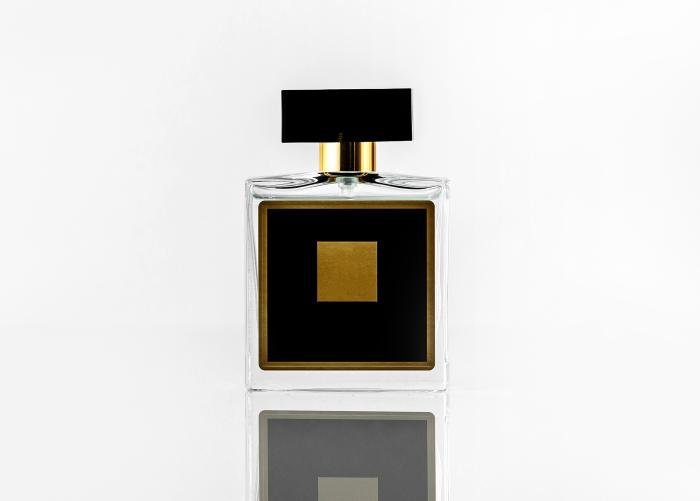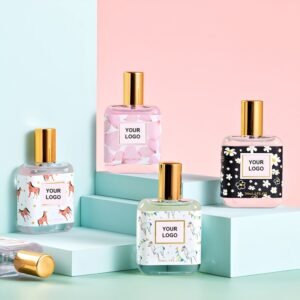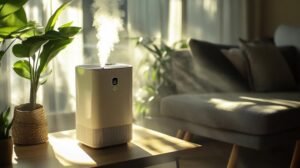Many fragrance buyers face a hidden risk: even if your scent is gorgeous, it might be blocked at customs or rejected by regulators for undisclosed safety violations. Across the EU and elsewhere, shipments are rejected daily. The only way forward is understanding one critical framework: IFRA certification.
IFRA certification ensures fragrance ingredients adhere to global safety standards via scientifically grounded usage limits, bans, and allergen disclosure rules. It’s enforced by the International Fragrance Association and backed by expert risk assessments from RIFM (Research Institute for Fragrance Materials).
At Loveeno, we’ve experienced how embedding IFRA compliance into product development turns regulatory risk from a blockage into a competitive advantage.
What Does IFRA Certification Mean for Fragrance Products?
The Foundation of IFRA’s Safety Framework
The IFRA Code of Practice is a binding safety commitment: every fragrance formula and ingredient supplied must align with safety limits and legal requirements. When RIFM data suggests concern, an independent Expert Panel may impose usage limits, ingredient bans, or technical constraints.
Manufacturers and buyers must monitor amendments, because existing formulas often need reformulation once new IFRA Standards take effect. At Loveeno, our R&D team tracks upcoming amendments so clients can adapt ahead of deadlines.

How Certification Impacts Development & Lead Times
IFRA limits differ by product category. For example, certain rose derivatives might exceed safe limits in skin-applied perfumes (Category 4) though allowable in air fresheners (Category 11). Such conflicts force reformulation, typically adding 2-4 týdny to development cycles.
| Fáze | Lead Time Impact | Buyer Action Required |
|---|---|---|
| Initial formula review | 3–5 business days | Provide product category and use-case |
| Ingredient compliance check | 1–2 weeks | Approve alternative ingredients if needed |
| Certificate issuance | 2–3 business days | Review and accept documentation |
| Possible reformulation | 2-4 týdny | Approve updated samples |
Regulators and customs often demand a Certificate of Conformity on every fragrance batch, confirming alignment with the current IFRA amendment.
How Do IFRA Guidelines Impact Formulation?
Safe Dosage Limits Across IFRA Categories
IFRA divides consumer products into 12 categories—each with distinct exposure profiles. A synthetic musk might be capped at 5% in category 4 (perfume) but allowed 25% in category 11 (air fresheners). Developers must calculate safe dosage per category before scaling.
Restricted Ingredients Force Reformulation Cycles
IFRA amendments arrive periodically. For instance, the 51st Amendment (2024) restricted 48 new ingredients and revised limits on 11 existing ones. Formulas using those ingredients must be adjusted or paused.
| Scenario | Deadline | Dopad na dodavatelský řetězec |
|---|---|---|
| Newly prohibited substances | Immediately upon publication | Reformulate or halt |
| Concentration limit updates | 8 months for new products | Reformulate, retest, resubmit |
| Existing product compliance | 24–27 months | Revalidate, re-launch |
Delays in sourcing compliant substitutes, retesting stability, and scheduling production can add 4–8 weeks if changes aren’t anticipated.
Why Are IFRA Amendments Critical to Compliance?
Ignoring amendments is not optional—compliance is enforced.
Amendment Cycles Disrupt Supply Chains
Amendments emerge every 12–18 months, driven by new safety data. Non-compliant inventory may be blocked at borders.
At Loveeno, we proactively track IFRA Scientific Committee announcements so clients can adapt formulations before deadlines, not after shipping fails.
Two-Phase Implementation Timeline
| Amendment Type | New Products Deadline | Existing Products Deadline | Dopad na podnikání |
|---|---|---|---|
| Ingredient prohibitions | Ihned | 12–15 months | Must reformulate |
| Revised usage limits | 8 měsíců | 24–27 months | Adjust formula, retest |
Regulatory auditors often disqualify suppliers who can’t show amendment‑tracking systems during prequalification.
How IFRA Certification Manages Allergens & Safety
Allergens pose real risks to users and brands. IFRA addresses them via strict limits and labeling.
Allergen Testing & Identification
IFRA monitors 82 fragrance allergens requiring control. Ingredients undergo sensitization tests to set limits. Finished formulas must be examined using chromatography and mass spectrometry to verify allergen concentrations.
Manufacturers like Loveeno provide pre-tested aromatic compounds with full allergen profiles to simplify brand compliance.
Labeling & Thresholds
IFRA and EU regulations require declaring allergens in leave-on products exceeding 10 ppm, and rinse-off products exceeding 100 ppm. Labels must reflect the tested concentrations precisely.
| Product Use | Labeling Threshold | Product Examples | Úroveň rizika |
|---|---|---|---|
| Leave-on cosmetics | 10 ppm | lotions, body mist | High exposure |
| Rinse-off items | 100 ppm | soaps, shampoos | Moderate exposure |
Non-compliance often triggers recalls or bans, making allergen documentation non-negotiable.

Does IFRA Certification Help with EU Market Entry?
Yes—IFRA compliance aligns directly with EU cosmetic regulation (EC 1223/2009).
Alignment with EU Cosmetic Regulation
EU law demands safety assessments, allergen disclosure, and forbidden substance lists. IFRA standards overlap heavily with these requirements, so compliant fragrances ease the regulatory burden.
IFRA compliance feeds into Product Information Files (PIF) a Cosmetic Product Safety Reports (CPSR), making submissions smoother.
Implications for Timeline & Supply Chain
IFRA restrictions force planned reformulations, which slows sourcing and production. But compliance avoids the far greater cost of rejection, recalls, or border delays.
| Metrické | Without IFRA Compliance | With IFRA Compliance |
|---|---|---|
| CPSR Preparation Time | 6–8 weeks | 3–4 weeks extra safety review |
| Customs Rejection Risk | Vysoká | Nízká |
| Documentation Consistency | Disjointed | Unified, audit-ready |
For EU brands, IFRA compliance is part of the baseline—not optional.
Závěr
IFRA certification is not just a technical regulation; it’s a strategic safeguard. It protects your products, brand, and route to market.
By partnering with manufacturers that build IFRA compliance into formulation, allergen control, and documentation from day one, you remove regulatory guesswork and speed your path to shelves.
Don’t let safety violations block your launch. Demand IFRA-aligned partners, verify their compliance materials, and build with confidence.
ČASTO KLADENÉ DOTAZY
Q1: What is IFRA certification and why is it important?
It confirms your fragrance formula follows strict safety guidelines set by the International Fragrance Association. Many customs and regulators expect it.
Q2: How often do IFRA standards change?
Roughly every 12–18 months, based on new scientific data. Amendments may ban or restrict ingredients.
Q3: What happens if a formula exceeds IFRA limits?
You must reformulate and retest, or risk having products blocked or recalled.
Q4: Does IFRA cover allergens?
Yes. It regulates 82 known allergens and requires labeling when above thresholds, especially for leave-on products.
Q5: Can IFRA compliance ease EU regulatory burden?
Definitely. It aligns directly with EU regulations and helps streamline CPSR and PIF preparation.




